(Also read Travel in 2020: The Beginning and Travel in 2020: The Middle)
We often hear in literature or in general about how insignificant we feel as a tiny speck in this vast cosmos. Travellers speak about that especially in the context of the Himalayas or other mountain ranges. One doesn’t need to go that far to feel our cosmic insignificance. All one needs to be at any spot by the banks of the huge Shivsagar lake, the backwaters formed by the mighty Koyna dam. More on Koyna later.
The final trip of 2020 was the perhaps the most looked forward to, as it was planned as a weeklong trip, after flirting with a couple of weekend trips. Pune was the first stop, with the intention of catching up with a few friends. Running was in the agenda and Koregoan Park turned out to be a good choice for the morning run.
The next two days were in Tapola, about 27 km south of Mahabaleshwar, by the Shivsagar lake. Shivsagar, formed by the backwaters of Koyna dam, stretches from the Mahabaleshwar ranges in the north and the Koyna dam in the south. At over 60 km in length and 870 sq. km in surface area, this is one among the largest dam reservoirs in the country. Tapola, towards the northern side, is closer to Mahabaleshwar. We spent our time doing long walks and hikes in the mornings and then driving around the hills during the day, stopping by at different vantage points.
The next four days were at Koyna, which is at the southern end of the reservoir where the dam is built and about 150 km by road from Tapola. Another option would be to do about 5-hour boat ride from Tapola to Koyna, but there is no regular service. Koyna dam was built for the purpose of irrigation and hydroelectric power. Koyna is considered as the lifeline of Maharashtra. With an installed capacity of 1960 MW, it is the largest completed hydroelectric power plan in India.
We visited Koyna in 2006 for the first time to do a 4-day trek, which to date is the most memorable and difficult trek we did. On the first day, we drove up to Navja, 8 km away from the dam, and then trekked for 10 hours through thick forests infested with Indian gaurs, bears, and leopards to Zadoli village. Difficult terrain with steep climbs, and we were carrying food, some utensils, and tents for camping. After declaring the area as part of Sahyadri Tiger Reserve, the villagers have been relocated and trekking is no longer permitted. Our third trip to Koyna was in 2007 for a weekend break, when we stayed at a home stay. At that time, the only other option was an MTDC resort.
Koyna has changed since then. There are a couple of resorts now. Our stay was at Forest Escapes, which as the name suggests, is inside a little jungle. We spent three days by doing treks, long hikes, bird watching trips, swimming in the river, driving around Koyna dam, looking around locations we had been earlier.
We have always been awed by dams, especially where the catchment areas are large forests (which is true for most dams in the Western Ghats, from Kerala to Maharashtra). Dams instil awe and fear in us. The huge water bodies, dense forests, and the engineering marvel of large structures—all add up to certain magic. Dreamt before independence and built during the 40s to 60s, India’s large dams are an inspiration. Civil engineering is hugely underrated now!
Koyna has a special place in our hearts, and hopefully this last trip of 2020 (and incidentally the first in 2021, as we started Jan 1 with a birding trip and for the first time spotted the greater hornbill) will be a beginning of good days in 2021 and more travels.
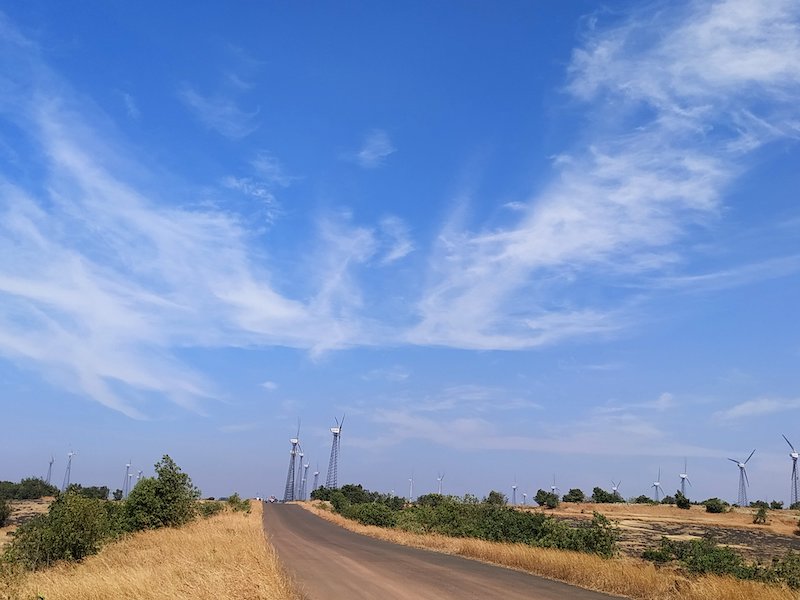
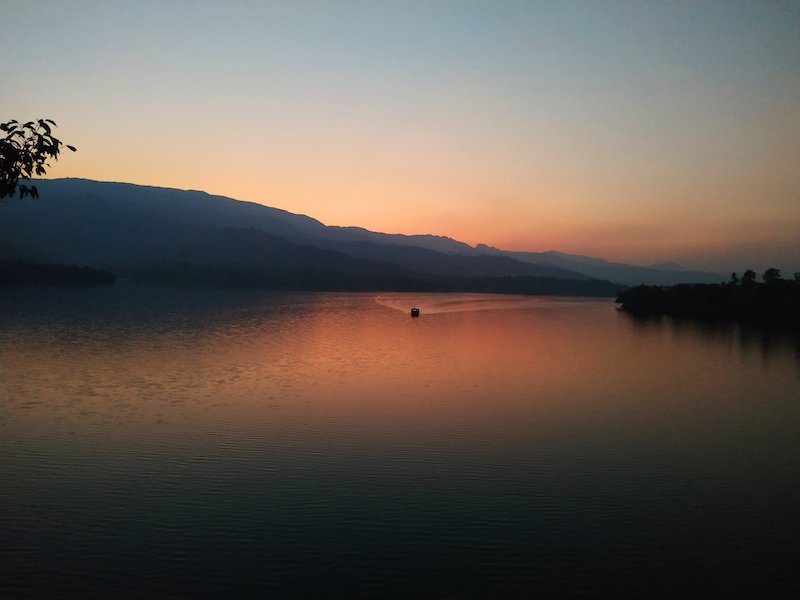
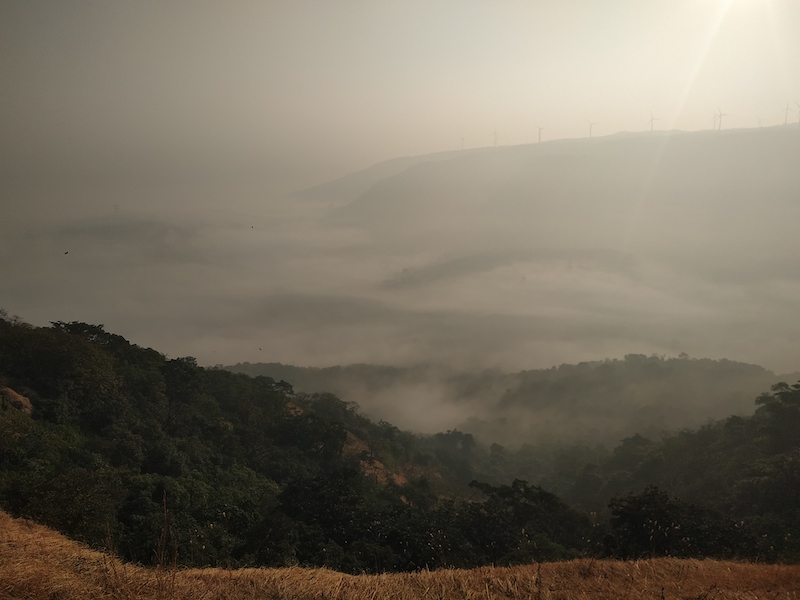
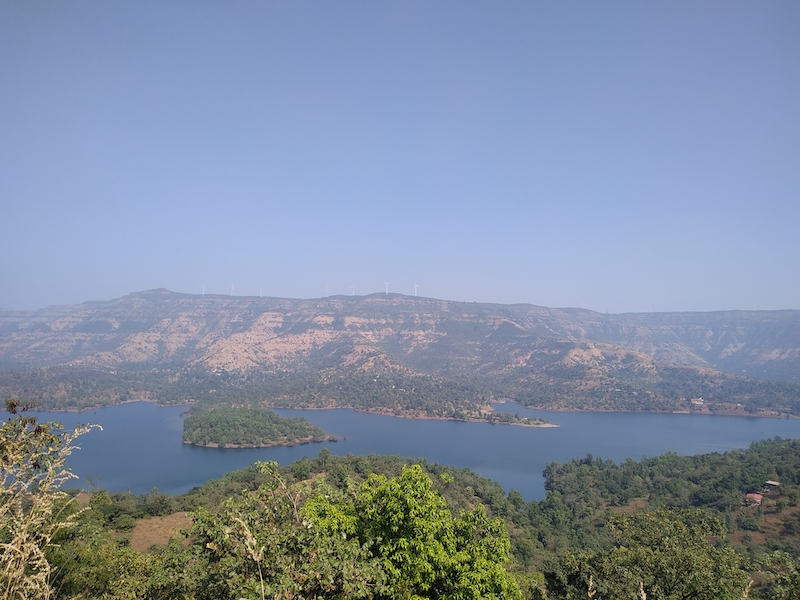
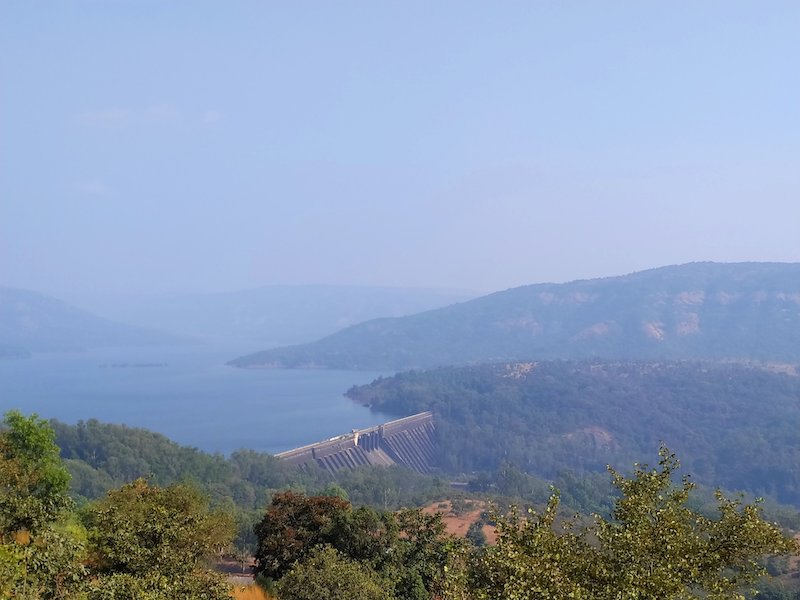

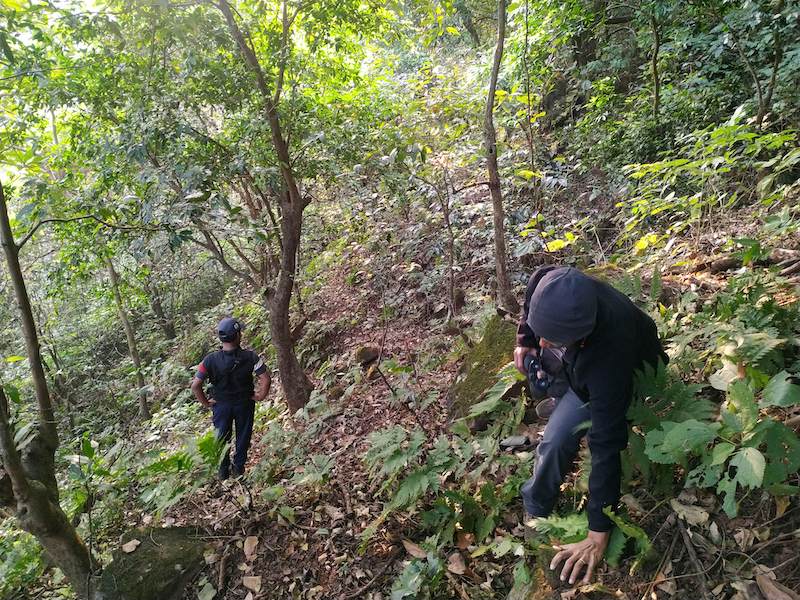
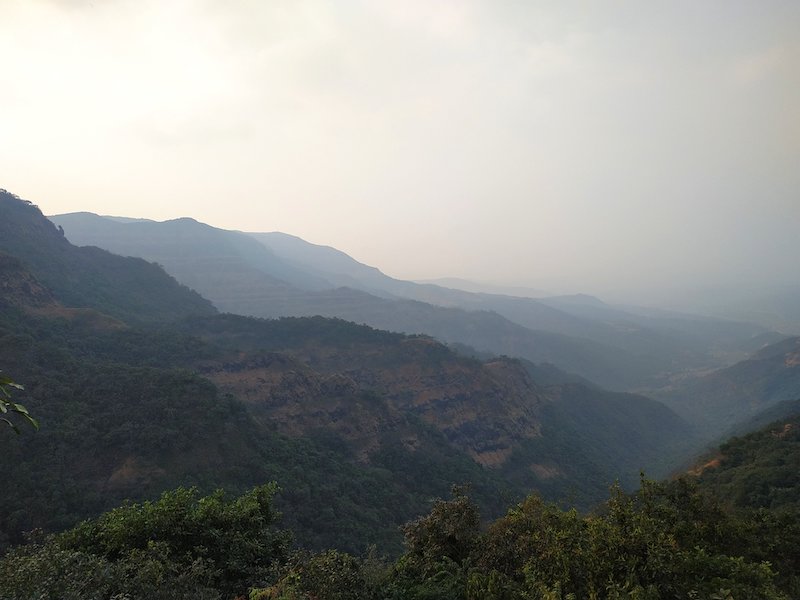
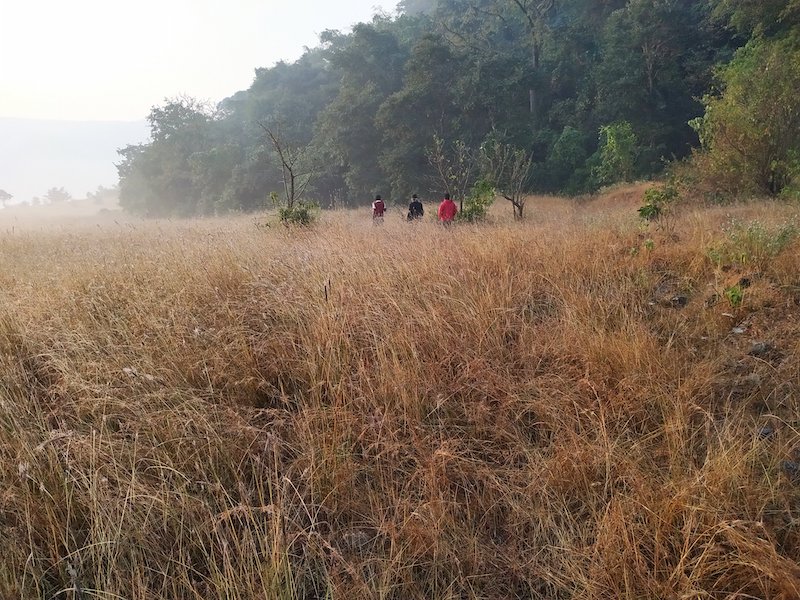
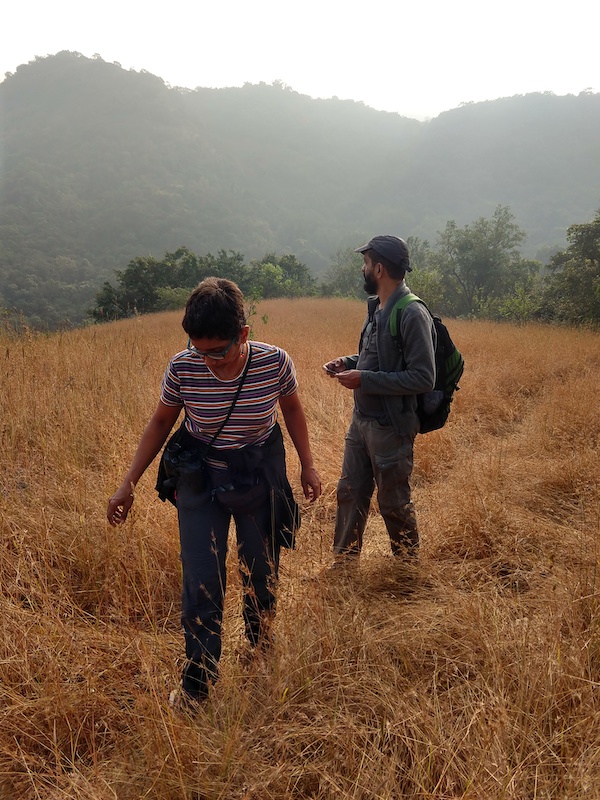
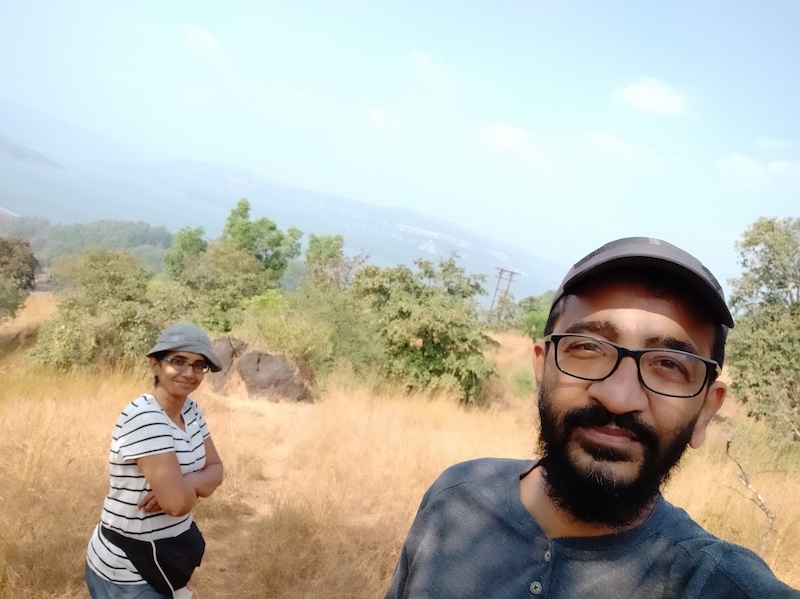


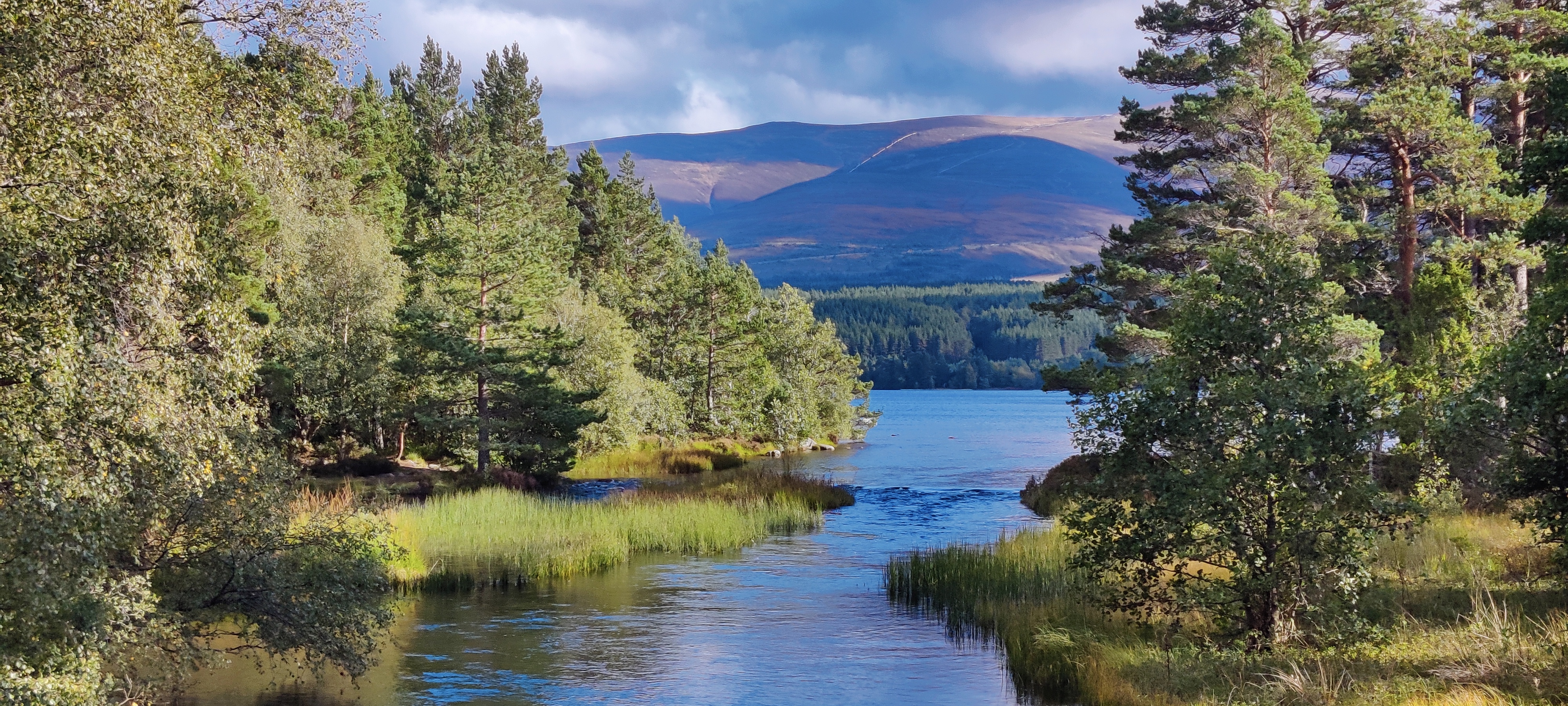
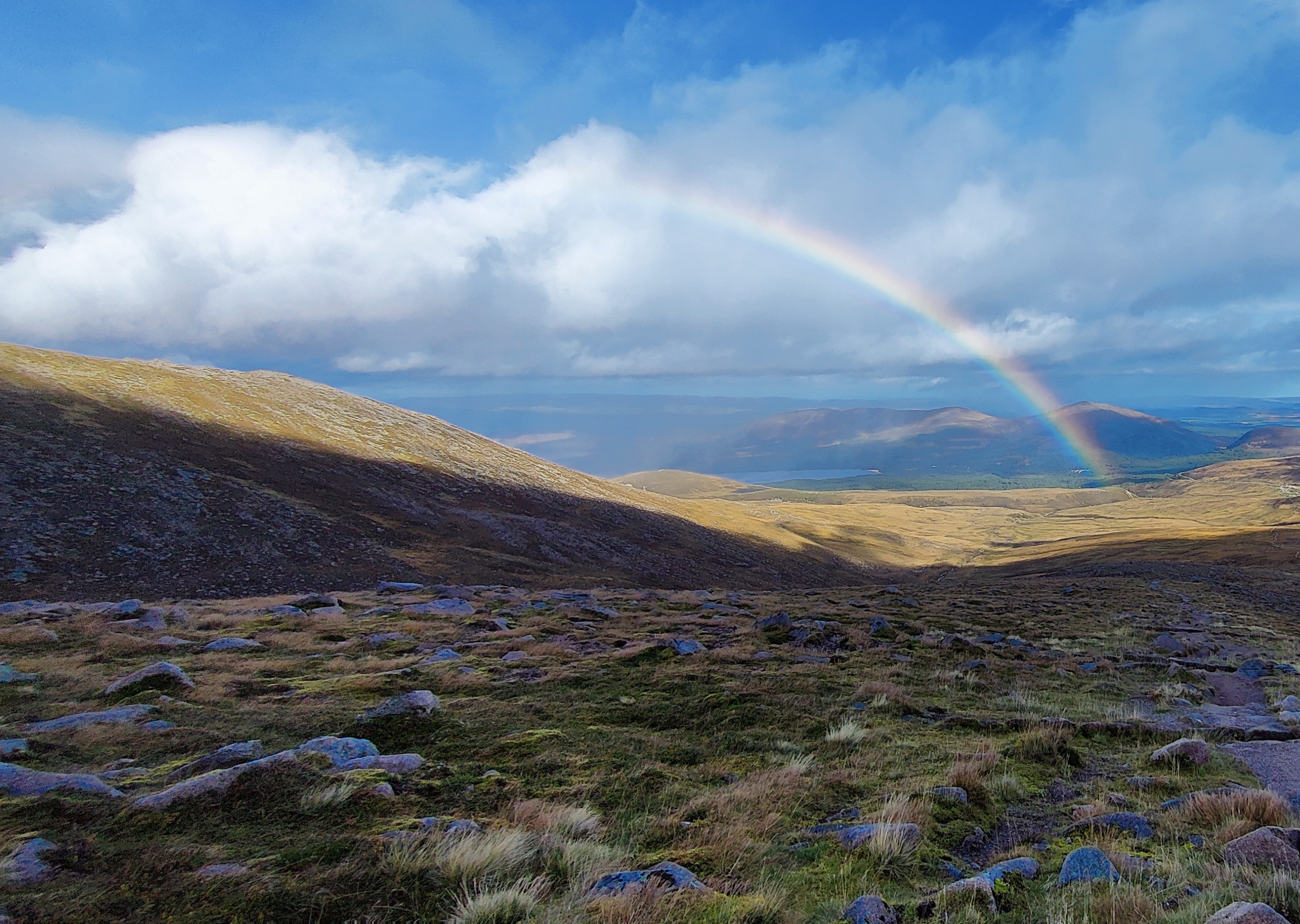

As usual. What a lovely post and trip by you guys. I love reading your travel posts because we ourselves love doing the kind of travel you guys do.
I was just a little put off by the use of the word “infested”.
Forests are the homes of wild animals. They live their lives peacefully there. It is we who invade their spaces to kill them, cut trees, steal wild honey etc. “Infested” is a negative term used for wild animals living in their own spaces.